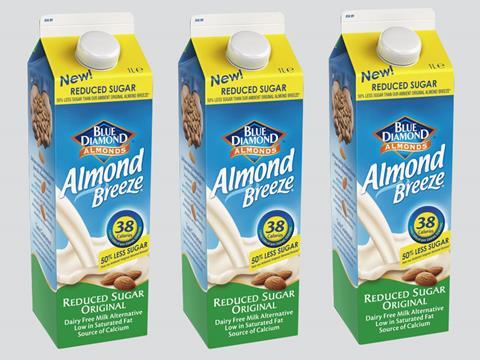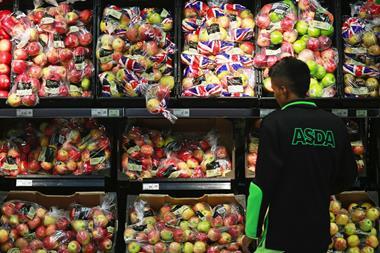
In the wake of Trump’s tariffs, there’s a good deal of uncertainty about trade with the US. But I want to focus on something other than potential rising costs: the language barrier. Or, specifically, the language used on packs.
Around a decade ago, my business partner James and I were asked to speak at a breakfast event ahead of the Fancy Food Show in New York. Our audience was made up of UK exhibitors and visitors to the show, and our subject was the difference between food packaging in the UK and US.
We speak the same language as Americans, although there are differences in vocabulary and word meaning (“biscuit”, “chips” and “pants”, for example). More importantly, though, in the context of pack design there are differences in nuance, tone, and what each nation finds important to communicate.
The power of packaging
Mainstream American fmcg packaging tends to place emphasis on clear, rational attributes and benefits – it often has a directness and lack of subtlety to British eyes. We, in contrast, value wit, inference, and more emotional imagery and values. We don’t appear to mind having to work a bit harder to understand what makes a brand better than its competitor if we like how it portrays itself.
I was reminded of this recently when I was undertaking a piece of work about health messaging on food packaging in a British context.
We were looking at the health claims that resonate most strongly with consumers, and how well these are communicated on pack. Our research told us one of the most appealing benefits to UK consumers is improved gut health. There are plenty of products in this arena, but their benefits are conveyed in varying ways.

Take, for example, Activia’s range of ‘Gut Health’ yoghurts. The front face is dominated by the brand and descriptor – absolutely no ambiguity there!
In contrast, though, there are other brands that choose to communicate their gut health credentials via highlighting product ingredients. In many cases, that involves kefir. But how many people know what kefir is and what it actually does? It often appears as no more than a ‘whisper’ on the front of pack.
I believe these brand owners who choose to focus on the ingredients are missing an opportunity.
Clear claims
As with the earlier example of US and UK packaging, there is a need for the brand owner to understand their target audience’s wants, needs and values, and engage with them as fully as possible.
Importantly, this means not just focusing on those consumers who are already invested in your category. If you want to grow, you’ll invariably need to attract new users who need to know a bit more about why they should choose you.
Make it as easy as possible for a consumer to quickly identify what it is that sets your brand apart from the myriad of competitors that surround it on the supermarket shelf.
Most consumers don’t spend ages interrogating food packaging to decide what to buy on their weekly shop. Whether their inclination is towards brands and designs that attract and engage with them, or for brand claims that are in tune with their wants and needs, there needs to be an almost instant connection.
We’ve found benefits almost always hold greater resonance for consumers than attributes – it’s the old adage of “tell me what you can do for me” rather than simply “what you do”. So, coming back to the example of gut health, don’t assume the consumer will understand the properties of bifidobacterium – say it as it is, and make it absolutely clear how the product will help them.
It’s a principle that should be true in any language or culture.
Chris Blythe is the director of The Brand Nursery



















No comments yet